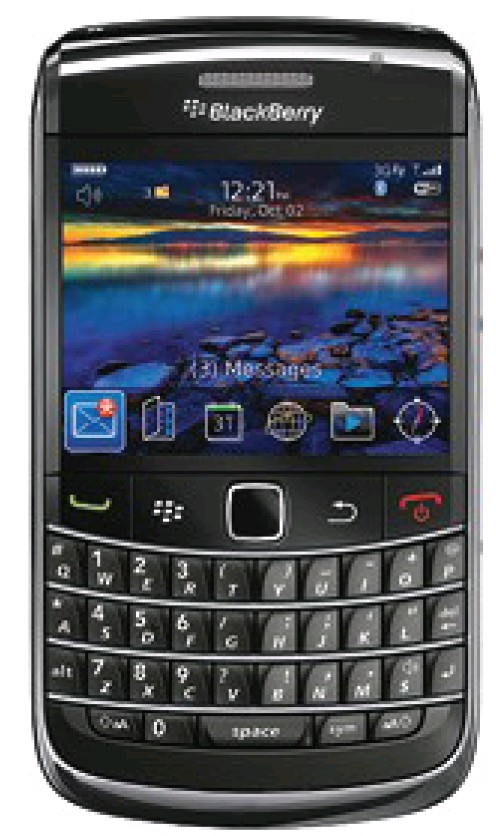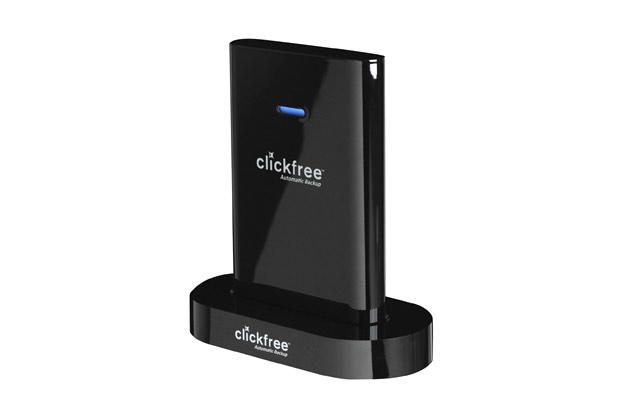Online world of Chinese-language apps rife with pirates, payment problems
Joanne Lee-Young
Sun

Handout / Joseph Luk in Vancouver partnered with former UBC classmate Zephyr Liu in Chengdu, China, to invent a Chinese-language app, ikamobile Movie Finder. Photograph by: Steve Bosch, Vancouver Sun
By the time Apple Inc. made its iPhone available through an official carrier in China a few weeks ago, some two million handsets were already unofficially buzzing there.
It’s a whole other online world–one rife with many pirates and payment problems– but some programmers in Vancouver have their eyes on a surging market for Chinese-language apps.
These techies may be few in number and hard to notice–most have regular day jobs; a few are transient; all are still seeking funding–but they are plugging into what could be a dramatic shift.
As Google chief executive Eric Schmidt recently declared, in five years, the entire Internet will be dominated by Chinese language (and social media) content.
Co-founders Joseph Luk and Zephyr Liu didn’t actually have grand plans for China when they launched ikamobile MovieFinder, an app that allows Android (Google’s smartphone operating system) users to quickly find show times, theatres and movies based on their location.
The two–Luk from San Francisco and Liu from Chengdu in China’s Sichuan province–met while completing their master’s degrees in computer science at the University of B.C. After graduating, they got together, mostly online–Luk was working in Tokyo, Liu in Vancouver –to brainstorm ideas and code.
Ikamobile Movie Finder was just getting popular (about 250,000 people worldwide have downloaded it now and it recently got a mention in the New York Times) when Liu’s spouse back in Chengdu couldn’t get a tourist visa to visit him in Vancouver. “His wife gave him an ultimatum: ‘Come home, or else!'” Luk said. “It just happened. He had to move back to China.”
At home in Chengdu, “it was trivial for him to translate” content and access local data, Luk said. This August, the company released a Chinese-language version of ikamobile Movie Finder for cities in mainland China. “We are working on deals with Chinese movie theatres and studios to allow users to buy movie tickets on their mobile phone,” said Luk, who is looking for funding in Silicon Valley, but also from angel investors in Asia.
Xiaofei Wang and Ying Su of Vancouver-based CompuSense BC, another startup, also met as classmates in UBC’s computer science program. Both were already graduates of Tsinghua University in Beijing, which is often dubbed China’s MIT. Wang worked for many years at Tsinghua’s national research lab, helping to develop China’s digital-television standard. Their product will allow Chinese language users to control home, office or industrial equipment such as air conditioners, security cameras, sprinkler systems and water pumps from a mobile device like an iPhone.
Wang is returning to Beijing, where his wife is expecting a baby, and where he will work with other Tsinghua alumnae to develop hardware, seek funding and attract customers in China. In December, he will participate in round two of a Chinese government-sponsored competition for encouraging tech startups. The goal will be to catch the attention of venture capital firms. Su, a Canadian citizen, will run a software application design team for the company in Vancouver.
Opportunities abound, but there are also challenges and failed attempts by Vancouver-based companies to get a slice of the mobile software market in China. Having someone physically on the ground in China is important for keeping up with the market, said Steven Shi of Vancouver-based startup DrillionNet, which is developing Mopon, a location based app that allows retailers in China to attract consumers with mobile coupons.
Shi has worked in Vancouver for about a decade and is developing the Chinese language app with a Beijing-based partner, his cousin, who is an advertising executive there.
“When you can stay on top of the wave, that’s a good feeling,” Shi said. “I go back (to Beijing) every year, but still, a lot of things change quickly. Maybe people feel that coupons are annoying? How do we handle that? We can’t simply have them pop up. What do people want?”
The other China minefield is its lively market of fake devices and pirated software. The majority of smartphones are rip-offs or are “jail-broken” to run apps outside of what is offered by official vendors. While this might send some developers running, Luk of ikamobile sees it as an important “school of hard knocks.”
In particular, he points to a so-called “shanzhai” movement in China, which actually celebrates the ingenuity and cleverness of home grown Chinese knock-offs. “You get this incredibly low-priced hardware that has crazy amounts of functionality because they just copy everything, albeit illegally. I think it’s unique to China and that we need to keep an eye on it. It’s like a grassroots movement of the people where they get chosen based on their merits,” as opposed to their brand or backer.
“There is a business model issue. Formy company, having one foot in China forces us to consider that value system as well. From the start, we have never considered selling our app for money. We automatically discarded that possibility. We are very careful about ads.”
In many ways, Luk said, the Chinese market is a crash course in the future. “If you can find a way to succeed in China, where there has never been a culture of paying for software, you can probably do it in North America, where things are moving to a more open and competitive environment and you will see less people willing to pay $5.99 for an app.”
Looking back, Luk, an American, says that when he got laid off from his Silicon Valley job in 2001, he had offers to do grad work at top computer science schools in the U. S. It was tough, for example, not to pick Carnegie Mellon University in Pittsburgh, but now he is grateful for inadvertently landing instead at UBC with its cosmopolitan mix of international students, many who come just for that and because visa restrictions are looser than in the U.S.
© Copyright (c) The Vancouver Sun














